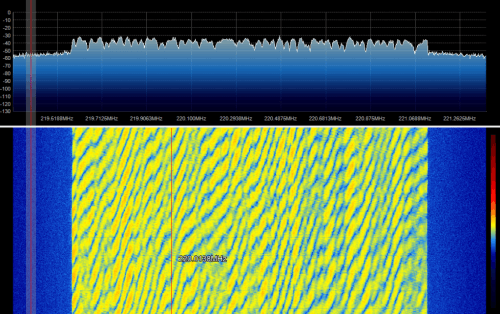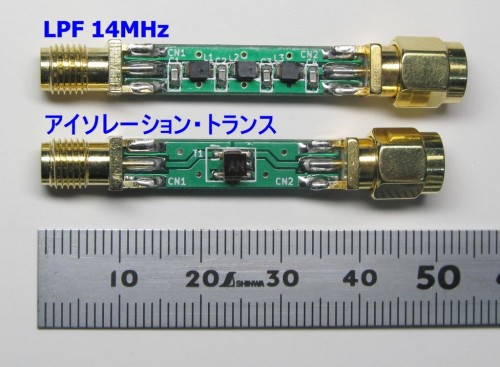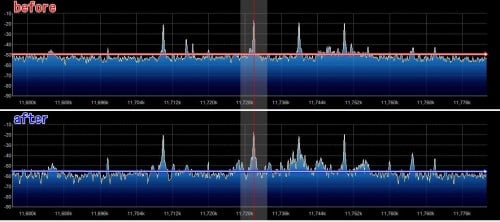RTL-SDR Front End Filter Demonstration
Over on YouTube user kugellagers has uploaded a video demonstrating the effect of some front end filters he constructed in order to reduce the effects of intermodulation from strong local AM and FM broadcast radio stations.
To attenuate strong broadcast FM signals, he used a very cheap FM trap from MCM Electronics. An FM trap (aka FM bandstop filter) is designed to attenuate signals in the FM band only. However, as a single FM trap was not strong enough for him, he took two FM traps out of their original casing and connected them together in a larger box for increased attenuation.
To attenuate strong broadcast AM signals he designed and created a home made 7th order LC elliptic high pass filter. With the filter in place he is able to receive a station at 2.5 MHz, but without it he shows that is unable to receive it clearly due to broadcast AM intermodulation.




